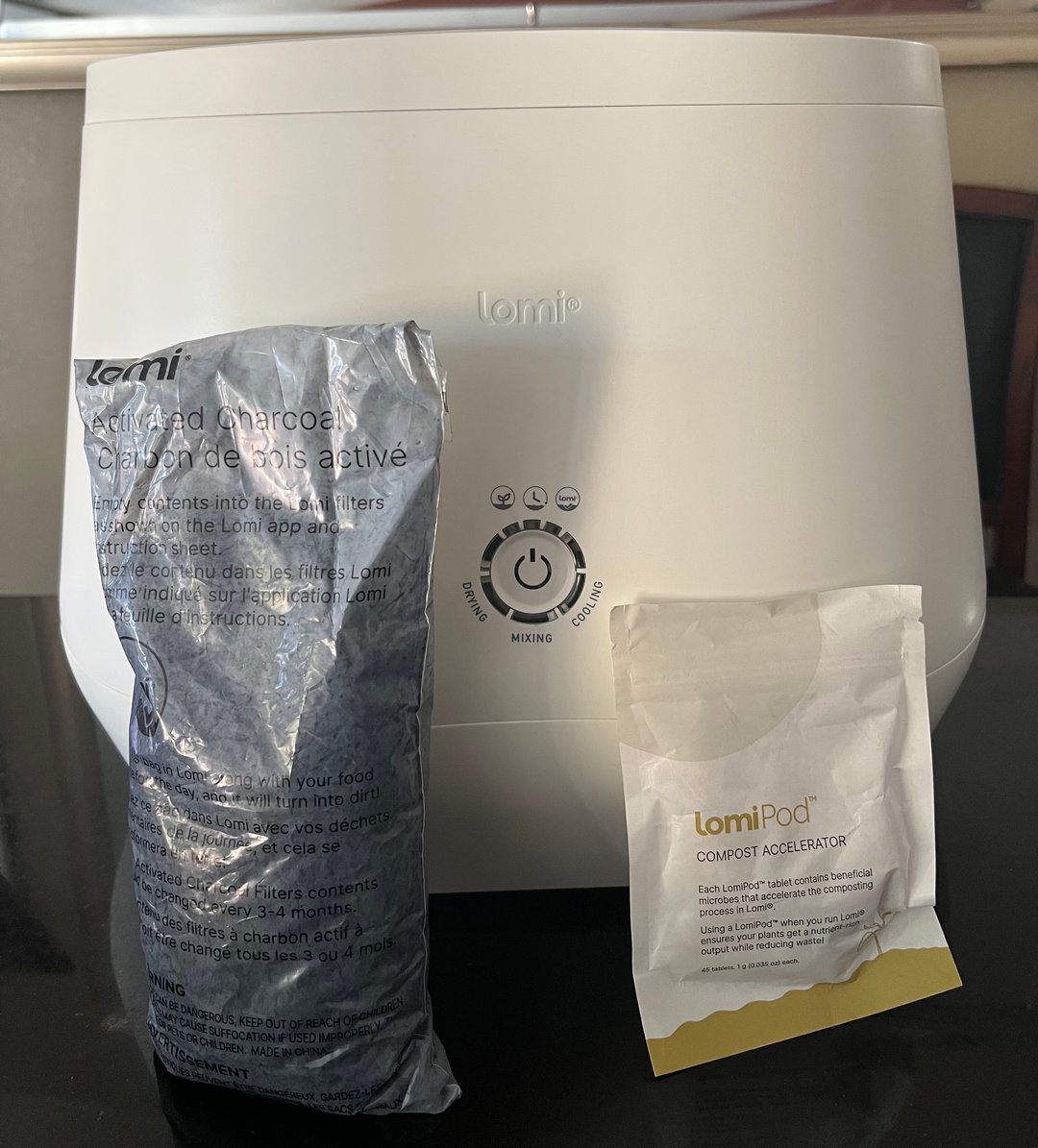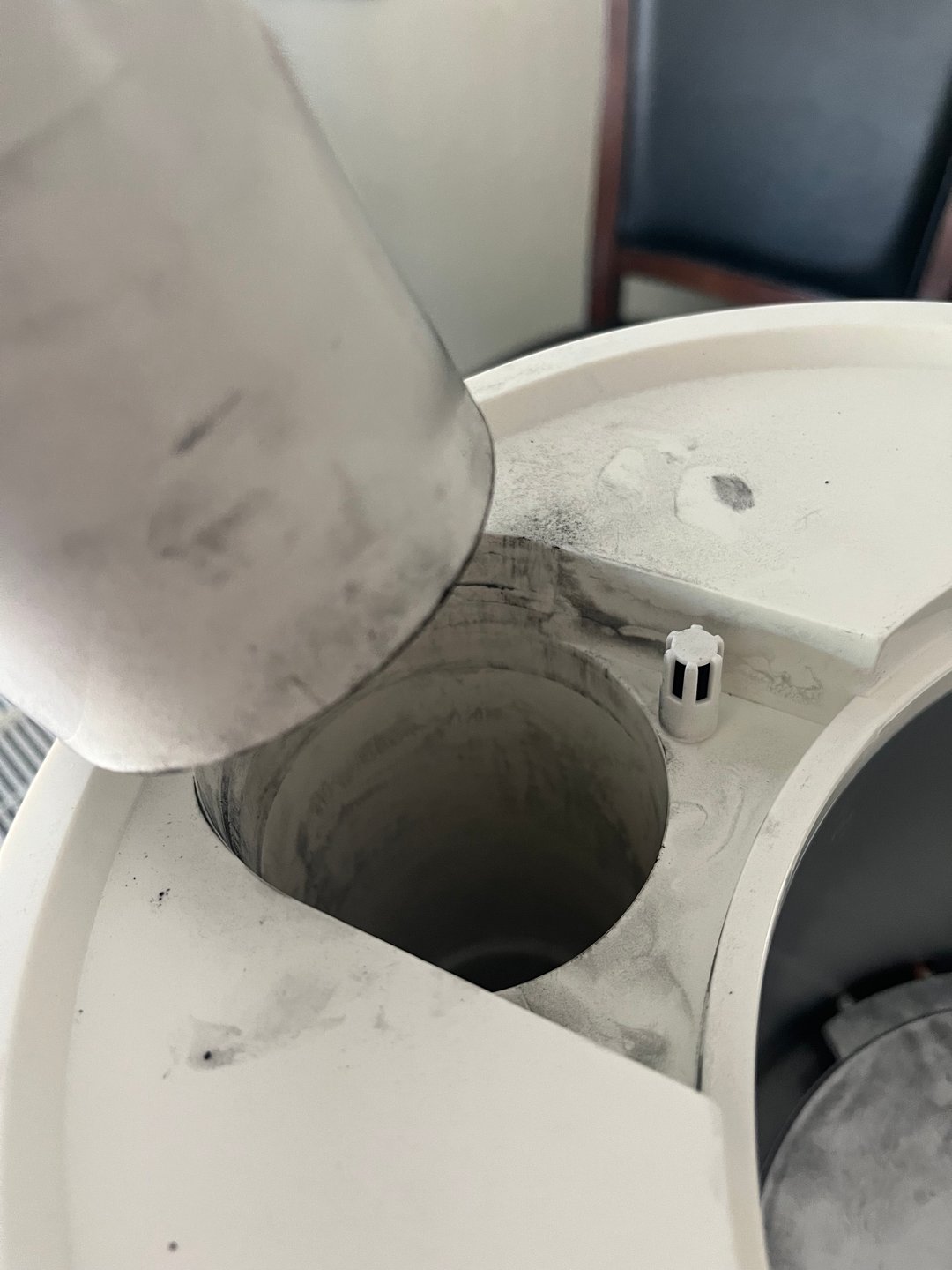I tried the Lomi kitchen composter, and its eco-friendly pitch didn't live up to the hype
The following review reflects the independent, honest experience of the Contributing Supertester. Thingtesting does not cherrypick, edit or influence reviews. Learn more about how to become a Supertester and read about our mission to make online shopping more transparent.
All products featured on Thingtesting are independently recommended by our writers. When you buy something through our retail links, we may earn an affiliate commission.

Lomi is a kitchen composter that turns food scraps into soil. (Photo: Lomi)
FAST FACTS
Overall rating out of 5:
1
Cost:
$499
Would you recommend this brand to a friend?
Nope. There are much more eco-friendly alternatives to composting, even if your city doesn’t have a compost program or if you live in an apartment.
When did you purchase this product?
In April, but I unboxed it in August.
This product similar to anything you’d bought before?
I’ve never bought any composting gadgets before.

Lomi and its activated charcoal and compost accelerator. (Photo: Kela Sowell)
ABOUT THE BUYER
What was your reason for purchasing the product?
I have friends who actively compost their food scraps. I always wanted to start, but I noticed their compost pile was always pretty smelly. The Lomi caught my eye with its selling point of no smell.
Any affiliation with this brand?
None.
EXPERIENCE
Share your experience with Lomi?
I open my door to see a rather large Lomi box sitting pretty on my welcome mat. I go to pick it up and immediately notice how heavy this thing is. According to the instruction manual, it’s a hefty 22-pound kitchen gadget.
Upon unpacking, my initial thought was: where on Earth am I going to put this thing? The Lomi is gigantic. It’s bigger than any countertop appliance I own–bigger than my rice cooker, air fryer, and even my toaster oven.
Time for setup. They give you activated charcoal to pour into two filters on the Lomi. Heads up–this stuff is messy. Charcoal dust will fly all over your countertops and the (white) Lomi. They gave me a bit more charcoal than I needed, so I had a bit leftover.

Pouring charcoal into Lomi's filters (Photo: Kela Sowell)
There are three modes: Eco-Express, Lomi Approved, and Grow Mode. Since Grow Mode is the only mode that produces plant-friendly soil, I gather the shells of freshly eaten rambutan and a banana peel, then throw them into the Lomi Basket. I also threw a LomiPod Tablet in there which is supposed to accelerate composting, then pour water over it to activate. I turn it on Grow Mode and let it do its thing. The Lomi is definitely louder than I thought, having been advertised as a quiet machine. It sounds like my old PC from 2005 dying of heat exhaustion. It’s not deafening by any means, but it’s certainly not quiet.
I let it run overnight. About 20 hours later, I have a fresh pile of “compost” in the Lomi.

Inside the Lomi (Photo: Kela Sowell)
Would you buy it again given what you know now?
Nope.
How did the experience match your expectations?
I had high hopes for this product, but I was unfortunately unaware of how greenwashy this was before buying it.
First of all, I was drawn to Lomi with an end goal of being less wasteful by composting my food scraps instead of throwing them in the garbage. Well, while I was now able to compost my food scraps, I ended up wasting more energy by running the Lomi. Out of the three modes on the Lomi, the Grow Mode is the only one that produces plant-friendly compost. Coincidentally, this is also the mode that requires the most energy–around 1 kilowatt per cycle. The other two modes produce dirt that you can’t even use for your plants. Their website suggests to just throw your Eco Express or Lomi Approved dirt in the compost bin instead (but wait, then what’s the point of using the Lomi?)
Secondly, I’ve also made the discovery that it’s physically impossible to create compost in 24 hours–the beneficial microbes within compost would die off due to the amount of heat that’s necessary for a 24 hour composting time. Thus, the Lomi really isn’t creating compost–it’s just a gargantuan blender-dehydrator hybrid for your food scraps.
Third, this is a pay-to-play product. Not only is the Lomi itself $500, but you need to pay an extra $39 dollars every 3 months to replace the disposable compost accelerators and activated charcoal.
FEEDBACK
What would you change or what could use improvement?
This is an incredibly energy-intensive product for “composting”. While the intention to start composting food scraps is well-meaning, this product does more harm than good in my opinion. My advice is just to go the normal composting route. If you’re interested in this solely for the compost soil byproduct, save your money and buy it for much cheaper at a nursery or home improvement store.
The thumbs up that I can give this is they lived up to their no-smell promise. Those other compost bins can get rank–let me tell you. Also, I believe their packaging is compostable, or at least the bags that held the Lomi and the charcoal are.